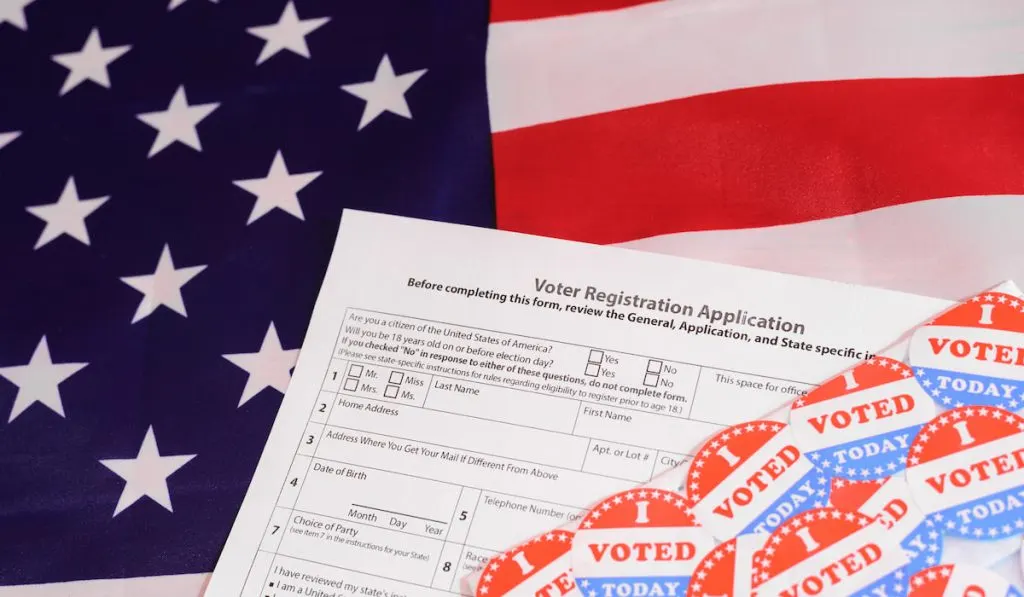People are moving to Florida. A lot of them are. They’ve been coming for years, and what was once a summer destination for retirees is turning into one of the biggest hubs in the country.
People from all walks of life are coming. Businesses are starting more than ever, retirees are still coming, and the new breed of remote workers looking for a better quality of life and affordable housing are on their way.

Florida is a great place to live. There’s plenty to do and the weather is, of course, great. In Florida, you’ve got beaches, national parks, amusement parks, great communities, and incredible nightlife, if that’s what you’re looking for.
People also move to Florida because of the great schools and low taxes. To take advantage of all of that, though, you’ve got to establish residency. If you’re wondering how you can become a legal Florida resident, you’ve come to the right place.
Establishing residency here involves filing a declaration of domicile as well as doing things like registering to vote and changing your driver’s license. It’s not incredibly difficult, but it’s certainly not as easy as in some other states.
Here’s what you need to do if you’re looking to establish Florida residency.
The Steps You Need to Take
These don’t have to happen in order, but if you want to send your kids to a Florida university and get in-state tuition, here’s what you need to do.
1. Sign a Declaration of Domicile
When you move to Florida, or just before you move, you may want to sign a Florida Declaration of Domicile.
This isn’t a mandatory part of establishing residency, but it will help you in case anyone ever challenges your residency status. It’s basically a document that’s notarized that says you are making Florida your permanent home.

2. Change Your Driver’s License
This is what people who are moving generally think of when they think of the first steps to changing residency. You’ll need to head over to the DMV and get a Florida driver’s license.
Typically, the state you’re moving to will give you a month or so to change your license.
To change your driver’s license, you’ll need two documents with your Florida address and your social security number. After paying a small fee, you should be in and out in a couple of hours.
3. Registering to Vote
While you’re at the DMV, you can go ahead and take care of another one of the steps. You need to register to vote in Florida to become a resident in the state.
Most of the time, the DMV will help you do it as part of getting your license. It’s an easy process that should take minutes. You may also be able to set up notifications to your email address to let you know when elections are.

4. Registering Your Vehicles in Florida
The DMV gets a bad rap, but you can take care of a lot of the residency stuff with one trip. You’ll need to change over any vehicle registration to Florida.
If you get pulled over and the police officer determines that you live in the state but haven’t registered the vehicles here, you could face fines and other penalties.
It’s better to be safe than sorry, so pay the fee and get the new plates as soon as possible.
5. Tell Your Job & Your Accountant
While it’s not a critical part of changing your residency legally, changing your tax status with your employer and your accountant will save you money.
Odds are you’re moving from a state with income tax. That disappears the moment you become a Florida resident.
Tell your accountant and your HR rep that you need to update your profile to stop taking any state income tax out of your paychecks.
6. Open a Bank Account
Opening a local bank account in Florida helps establish residency. It doesn’t have to be a local bank. It can be a national chain, but it has to be done in the Florida branch whichever bank you choose.

When you have a spare hour, head down to a bank and put whatever the minimum amount is in to open an account. It should be done in minutes, and you’ll have one of the documents you need with your updated Florida address.
7. Limit Ties with Your Previous State
One problem people run into when they try to prove residency is that they still maintain significant ties with their old state. They keep their house and still have a lot of mail sent there every month. They own a business there and haven’t relocated it to Florida.
They still technically work out of the office they were in before. Their kids live there still.
There are a lot of ways people can say a person still has ties to another state. When you move to Florida, you should think about that and limit any ties you have there. Move what you can and should to Florida.
8. Take Steps to Terminate Your Residency in Your Previous State
Some people are surprised when they hear that they need to officially terminate residency in a state when they move. Some states are notorious for claiming that a person maintained residency in their state even when they don’t live there anymore.
People in the military and those who work for the federal government, for example, live in Virginia for a few years and then can travel for years on assignment.
When they come back to Virginia again, the state claims that they never left and pursue taxes that they say the person owes for all of those years they were away.
If you’re concerned about residency status, you can always hire a lawyer to walk you through what you need to do. For most people, though it’s a straightforward process that can be done in days.

